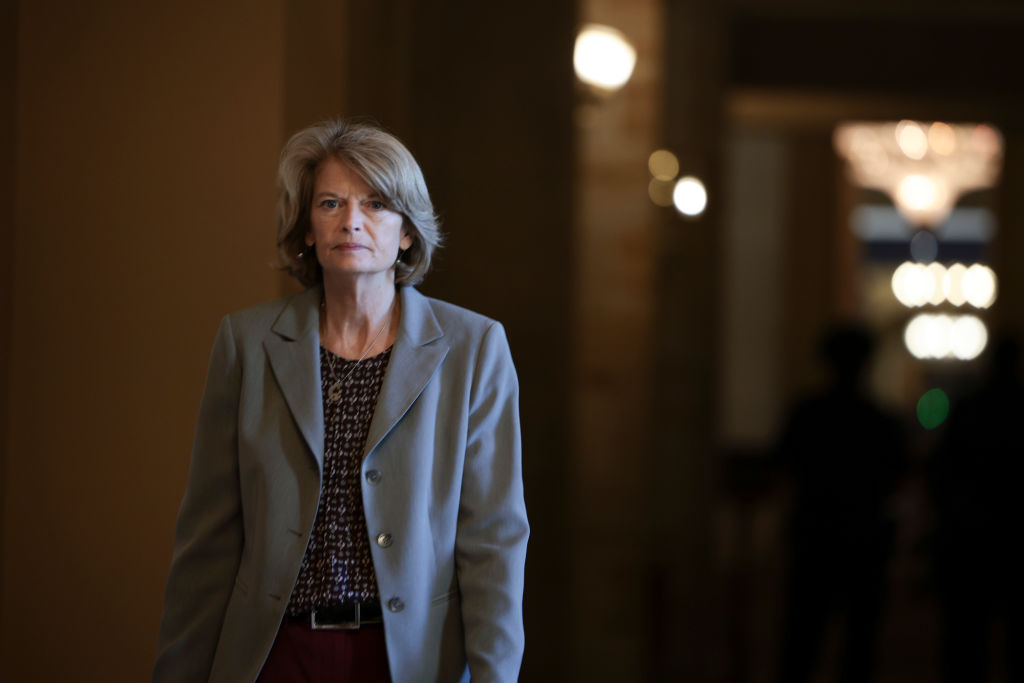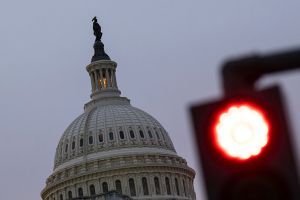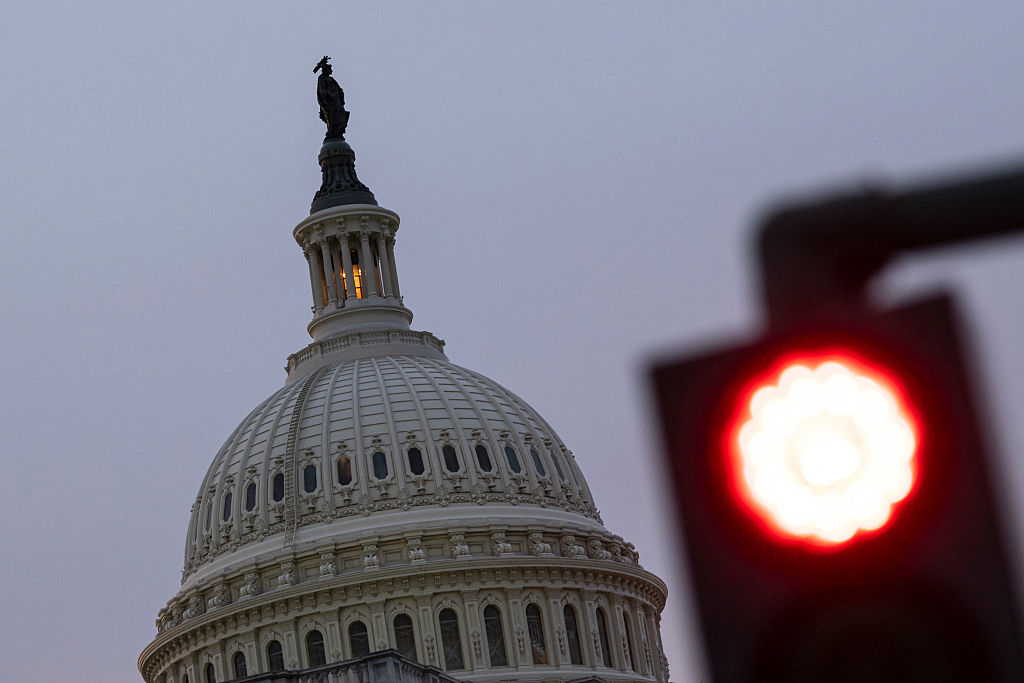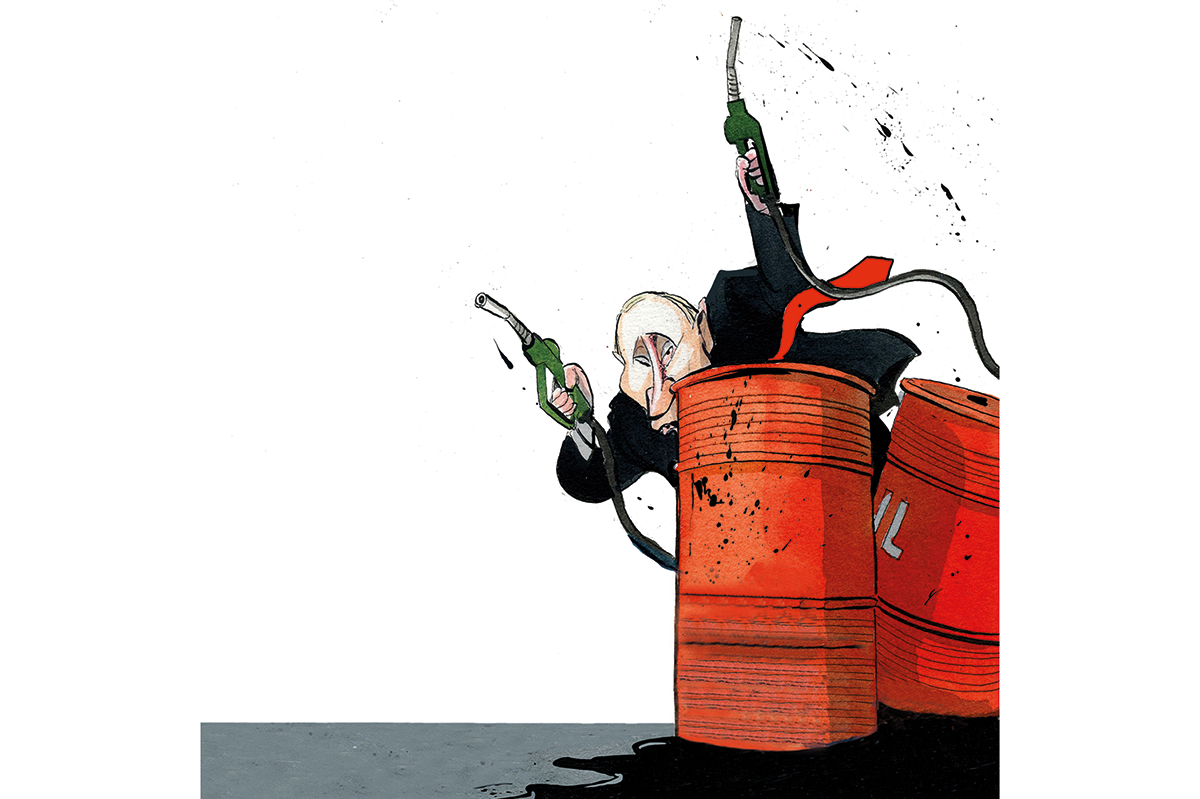The Alaska Republican Party no longer wants Lisa Murkowski. That’s just fine by her.
In a traditional one-person-one-vote system, Murkowski would be sweating bullets right about now. The Alaskan Republican Party has censured her and endorsed Kelly Tshibaka, the former commissioner of the state’s Department of Administration. President Trump has also thrown his weight behind Tshibaka. Murkowski has repeatedly voted against the Republican Party and Alaskan interests on key issues. In any other situation, she would be losing her seat — and for good reason.
Fortunately for Murkowski, this year will be the test of Alaska’s ranked-choice voting (RCV) system. The ballot measure, which passed narrowly in 2020, established a nonpartisan top-four primary and RCV for the general election. Although Maine and many locales use RCV, Alaska is unique in its top-four primary. The special election to fill the remainder of the late congressman Don Young’s House term will test the system, but the unusual and chaotic conditions of the special election will prevent it from being a great predictor of the Senate race in November.
The odds that Murkowski doesn’t make it to the top four are absurdly low, and it’s quite likely she’ll win a fourth term. The nonpartisan primary election will allow moderates, independents, and Democrats to lend their support as a reward for bucking the GOP line, which is especially likely assuming no strong Democrat challenger emerges. For many Republicans, Murkowski might be (slightly) preferable to any Democrat, and earn second, third, or fourth on their ranked-choice ballots. Her enormous war chest, name-brand recognition as the incumbent, and fawning praise from the national media certainly won’t hurt either.
In a predictably conservative state like Alaska, why is Murkowski still a viable candidate?
Murkowski’s political history is a familiar story to most Alaskans like myself. She began her political career in the Alaska state legislature but abruptly resigned her post in 2002. The reason? Her father, Frank Murkowski, had been elected governor and resigned his US Senate seat. He then appointed his daughter Lisa to fill it. Due to the outrage, a referendum held shortly afterward abolished the governor’s power to fill vacant Senate seats.
Some Alaskans will never vote for Murkowski due to the blatant nepotism behind her rise, but she didn’t get to where she is today by alienating her voter base. Her write-in campaign in 2010, after conservative insurgent Joe Miller won the Republican nomination, succeeded thanks to donations and support from corporations and public-sector unions. In 2010, Murkowski won Alaska’s arctic North, Southwest, and Southeast, which are predominantly rural, as well as the municipality of Anchorage, which leans liberal on almost every issue. The Southcentral and parts of the Interior voted mainly for Joe Miller while only a few cities in the Southeast, including the state capital of Juneau, registered more than 30 percent for the Democratic candidate.
Murkowski’s 2010 write-in campaign was fairly typical of the geographic division often present in Alaska’s elections. Despite the fact that the state as a whole almost always gives its electoral votes to Republican presidential candidates, there are stark regional preferences that are especially apparent in local government. Alaskan voters have in recent history picked between different flavors of conservatives for Senate seats. Thus, a candidate hoping to win has to pick up votes from Democrats, Libertarians, and independents by maintaining a reputation as a moderate (deserved or not). Murkowski has certainly mastered that.
Alaskans value pragmatic federal representatives that will fight for Alaskan interests, which doesn’t always coincide with MAGA populism. Don Young, who passed in March, was the best example. Young was beloved, and notorious, for putting Alaskans first, ensuring that federal dollars came to Alaskan projects. Most recent was his vote in favor of the infrastructure bill, a sprawling trillion-dollar piece of legislation. Young ensured that Alaskan infrastructure projects got millions of dollars out of the deal, even if it wasn’t good for the nation.
Murkowski tried to cultivate a similar reputation, but while Young was well-known for bringing home pork projects, many of Murkowski’s votes have stood starkly against Alaskan interests. She voted in favor of confirming Secretary of the Interior Deb Haaland, who has a record of opposing pipeline construction and oil extraction on public land. Haaland has already canceled a lease sale in Cook Inlet, citing a “lack of interest,” and suspended all oil and gas leases in the Arctic National Wildlife Refuge. With energy security at the top of the nation’s mind, and oil and gas being a principal sector of Alaska’s economy, it’s hard to see how Murkowski thought Haaland would do anything but drive away investment.
It doesn’t hurt her chances that Murkowski has out-fundraised her competitors and has the backing of the Senate Leadership Fund, not to mention glowing praise from national media when she breaks with the Republican Party. In the video announcing her reelection campaign, Murkowski declared that “lower 48 outsiders are going to try and grab Alaska’s Senate seat. …They couldn’t care less about your future,” a dig at Tshibaka. Yet Murkowski has receipts of $7.5 million compared to Tshibaka’s $2.5 million as of March 31. Murkowski has received nearly as much to date from committee contributions as Tshibaka has received in total (almost all of hers from individual donors). Never mind that Murkowski has received 452 committee donations from DC so far — against 19 from Alaska.
But these details are only relevant to those who closely follow politics. For Alaskans busy living their lives, the attitude towards the Senate race is more ambivalent: Murkowski seems unsavory and has done little out of the ordinary for Alaska but is no more corrupt than any other politician. At least with her seniority, she might advocate for Alaskan interests, right?
And those advantages — a fresh new election system, incumbency, an enormous war chest, and the support of independent-minded Alaskans — may be enough to see Murkowski win a fourth term.
Sarah Montalbano is a research associate at Alaska Policy Forum, a commentator with Young Voices, and Northwest Regional Leader of Young Voices. Her writing can be found in the Wall Street Journal, the Washington Examiner, and Townhall.

























